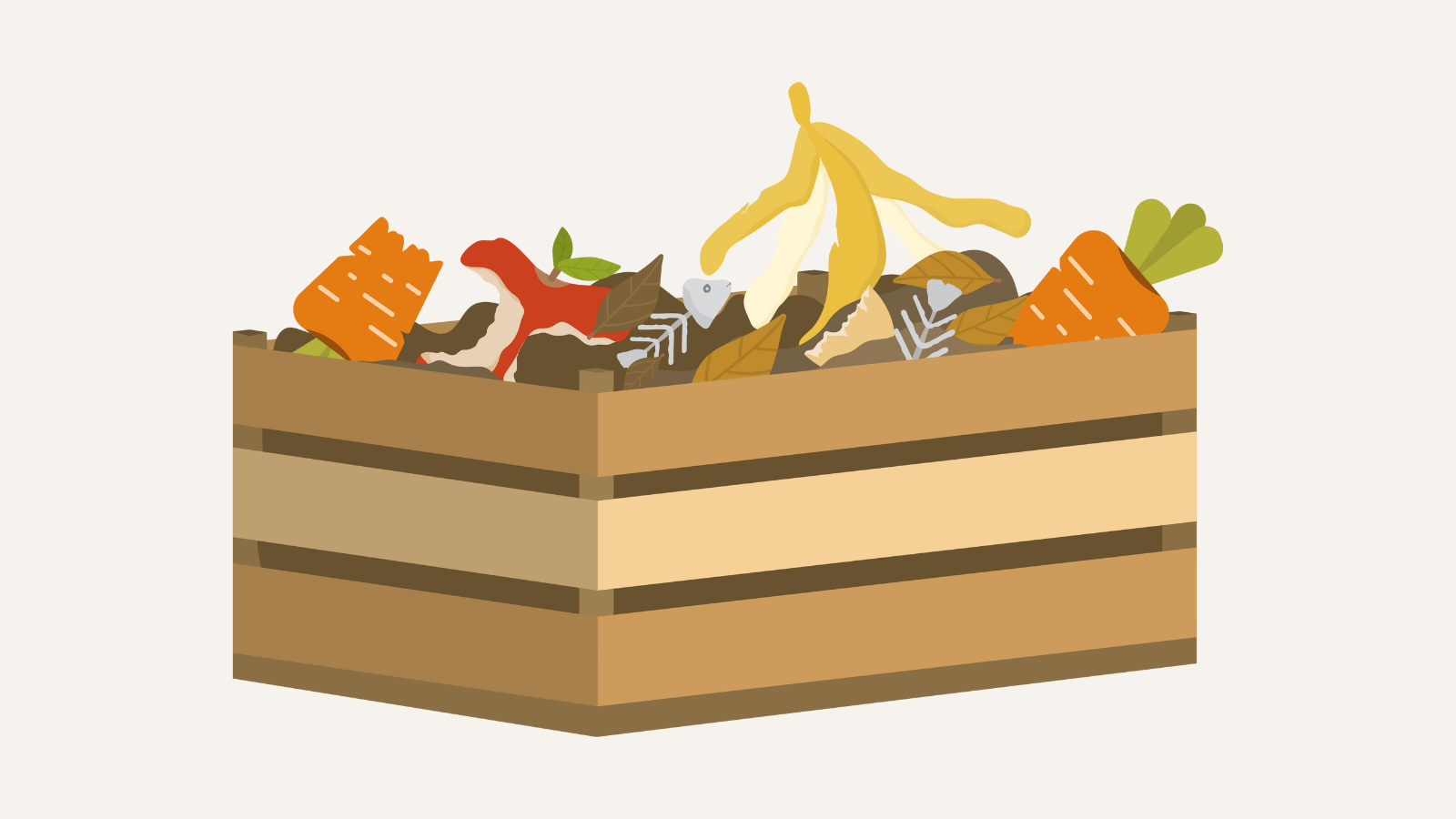Living sustainably begins with simple, everyday choices. Reducing waste at home not only helps the environment but also promotes a healthier, more mindful lifestyle. Small changes, such as reusing items and choosing eco-friendly products, can make a big impact over time. In this article, we’ll explore practical ways to reduce waste, conserve resources, and create a more sustainable home.
1. Reduce Single-Use Plastics
Single-use plastics are one of the biggest contributors to environmental pollution. Items like plastic bags, straws, and disposable containers are used briefly but can take hundreds of years to decompose. Replacing single-use plastics with reusable alternatives is a simple way to cut down on waste.

How to Reduce Single-Use Plastics:
- Bring Your Own Bags: Use cloth or reusable shopping bags instead of plastic ones.
- Choose Reusable Containers: Switch to glass or stainless steel containers for food storage and on-the-go meals.
- Ditch Plastic Straws: Opt for reusable straws made from stainless steel, silicone, or bamboo.
Benefits:
- Reduces plastic pollution in oceans and landfills.
- Supports a healthier environment by lowering demand for disposable items.
- Saves money over time by reusing items instead of purchasing disposables.
2. Start Composting Food Scraps
Food waste makes up a large portion of household waste and releases methane, a potent greenhouse gas, when it decomposes in landfills. Composting food scraps at home is an eco-friendly way to recycle organic waste and create nutrient-rich soil for your garden.

How to Start Composting:
- Set Up a Compost Bin: You can use an outdoor compost pile, a compost bin, or even an indoor composting solution like a worm bin if you have limited space.
- Collect Food Scraps: Collect vegetable peels, fruit cores, coffee grounds, eggshells, and other compostable items.
- Layer and Aerate: Alternate layers of “green” (food scraps) and “brown” (dry leaves, cardboard) materials, and turn the pile every few weeks to promote decomposition.
Benefits:
- Reduces the amount of waste sent to landfills.
- Produces natural fertilizer for plants and gardens.
- Lowers greenhouse gas emissions from organic waste in landfills.
3. Choose Eco-Friendly Cleaning Products
Many conventional cleaning products contain chemicals that can harm both the environment and your health. By switching to eco-friendly cleaning products or making your own, you can reduce the number of harmful substances entering your home and the water supply.

Eco-Friendly Cleaning Tips:
- Opt for Natural Ingredients: Vinegar, baking soda, lemon juice, and essential oils are effective, non-toxic cleaning agents.
- DIY Cleaners: Make your own all-purpose cleaner by mixing equal parts water and vinegar with a few drops of your favorite essential oil.
- Buy Eco-Friendly Brands: Look for cleaning products labeled as biodegradable, non-toxic, or plant-based.
Benefits:
- Reduces exposure to harsh chemicals and toxins.
- Decreases pollution in waterways and the environment.
- Promotes a safer, healthier home environment.
4. Recycle and Repurpose Items
Recycling is a crucial part of reducing waste, but repurposing or upcycling items is also an effective way to minimize the need for new products. By giving old items a new life, you can reduce waste and lessen the demand for resources needed to manufacture new products.

Ideas for Recycling and Repurposing:
- Separate Recyclables: Sort your paper, plastic, glass, and metal for recycling according to local guidelines.
- Upcycle Household Items: Turn old jars into storage containers, transform worn-out clothing into cleaning rags, or use cardboard boxes for organization.
- Donate or Sell: Rather than throwing away usable items, consider donating to charity, giving to friends, or selling them online.
Benefits:
- Reduces the amount of waste sent to landfills.
- Saves money by reusing and repurposing items.
- Lowers demand for new products, which reduces energy and resource consumption.
5. Conserve Energy and Water
Energy and water conservation are essential aspects of sustainable living. By making a few adjustments, you can reduce your household’s environmental footprint, conserve resources, and save on utility bills.

Ways to Conserve Energy and Water:
- Switch to LED Bulbs: LED lights use significantly less energy and last longer than traditional bulbs.
- Unplug Devices When Not in Use: Electronics and appliances continue to consume energy when plugged in, even if they’re turned off.
- Install Low-Flow Fixtures: Low-flow showerheads and faucets can reduce water usage without sacrificing performance.
- Run Appliances Efficiently: Only run dishwashers and washing machines with full loads, and air-dry laundry when possible.
Benefits:
- Reduces energy and water bills, saving money over time.
- Decreases greenhouse gas emissions and conserves valuable resources.
- Promotes a more sustainable lifestyle with a smaller environmental footprint.
Conclusion: Small Changes, Big Impact
Living sustainably doesn’t require a complete lifestyle overhaul; small changes in daily habits can make a meaningful difference over time. By reducing single-use plastics, composting food scraps, choosing eco-friendly products, recycling, and conserving energy and water, you’re not only contributing to a healthier planet but also enhancing the quality of life in your home.
Start with one or two of these simple steps, and as they become part of your routine, consider adding more. Together, these actions can help you create a more sustainable home that aligns with your values and supports a healthier future for the planet

